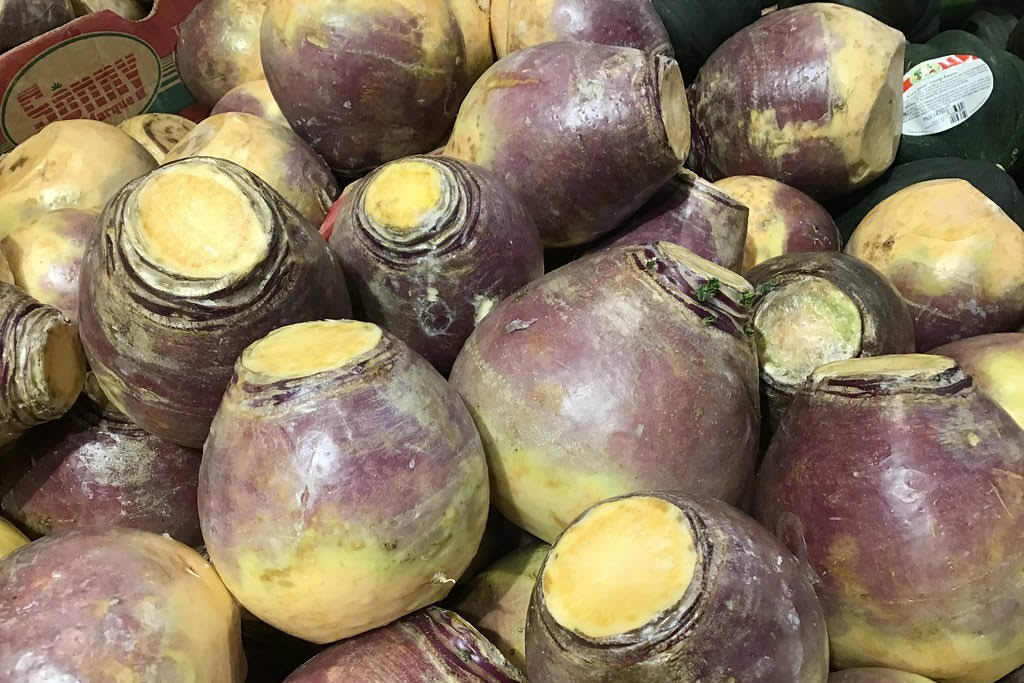Root drive
Crawl a data source that you’ve never crawled before

“Turnips” by JeepersMedia is licensed under CC BY 2.0
“Unstructured data containing PII or SPI should not be saved on root directories.”
Users might save to the root of a network drive by mistake, rather than in a folder. This means that other users can see their files.
Set up connectors for your data sources.
This is the most complicated step in this recipe. Because of the hierarchical limitations of NOW Privacy, you can crawl the whole drive into one dataset - the problem being that you cannot then control access to information stored in subfolders separately. You cannot currently create a crawl for the root drive alone and then separately crawl folders stored inside it.
Add your target data sources to a single dataset.
You can move a data source to a new dataset if you need to.
Crawl your data sources.
Create an advanced search. NOW Privacy automatically detects many flavours of PII and SPI. Use the count types of PII to detect files above a threshold of PII which meets your risk concerns.
Add a search term based on file path to the search. Something like “/“ should catch all files under the root.
To track the progress of the policy over time, you can create a workflow from your advanced search.
NOW Privacy's workflows can run advanced searches for you, and tag the results automatically.
